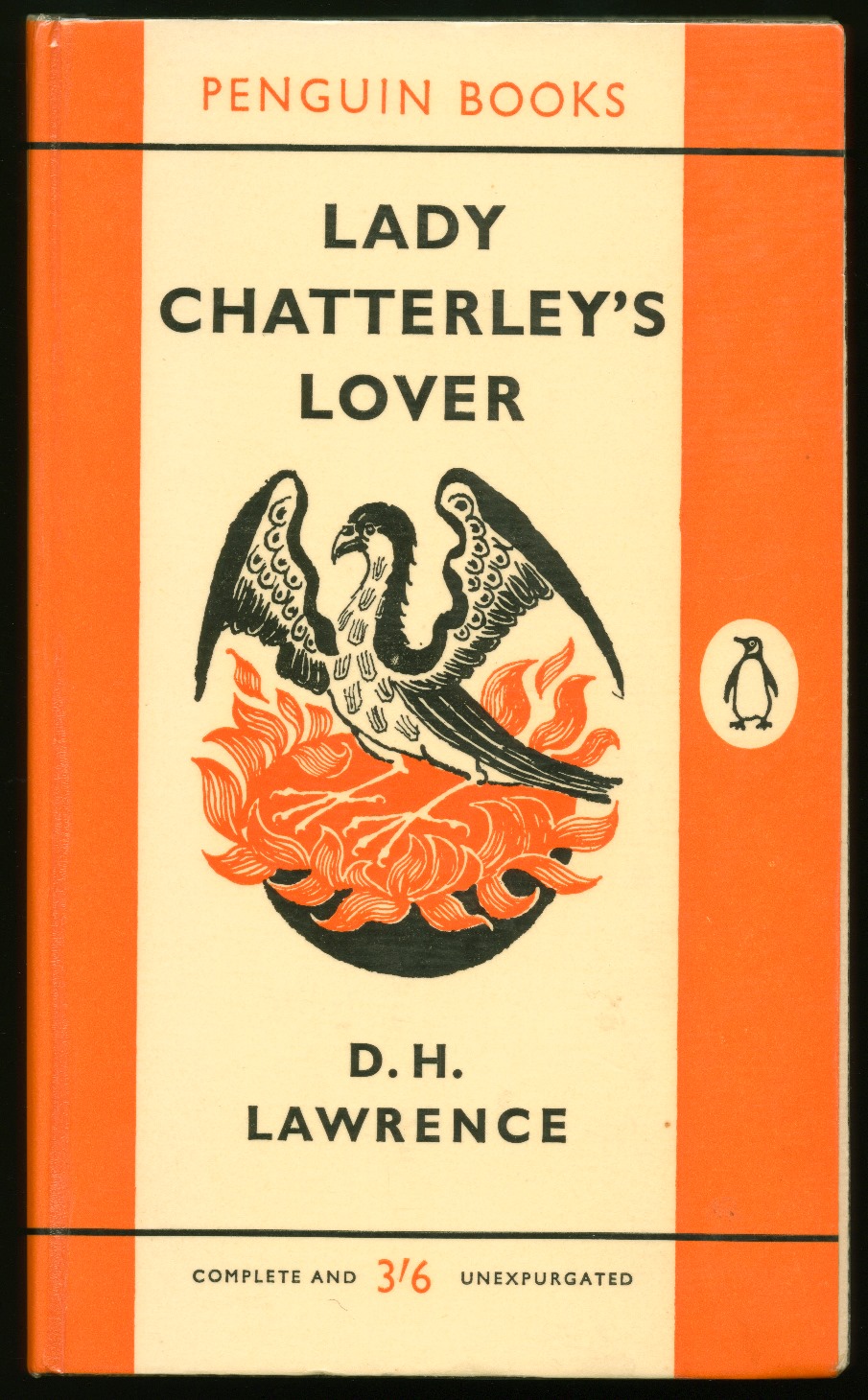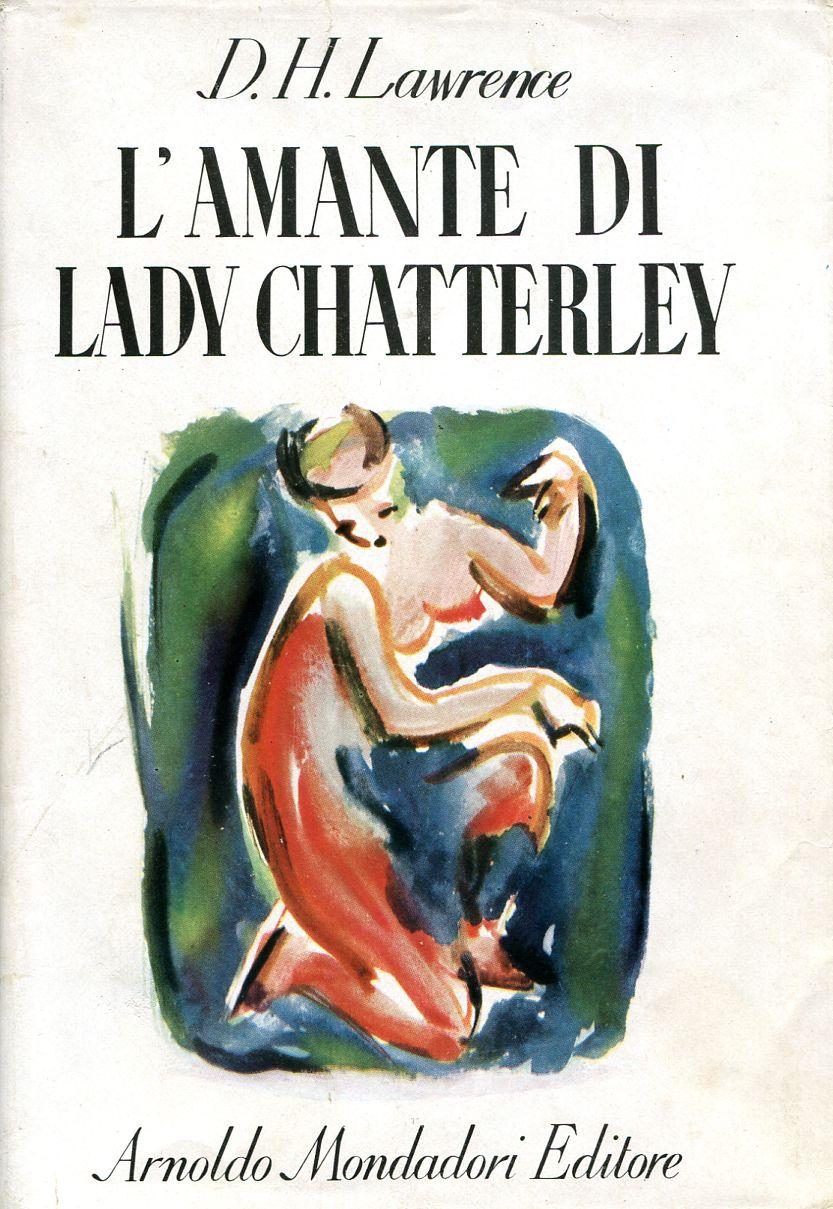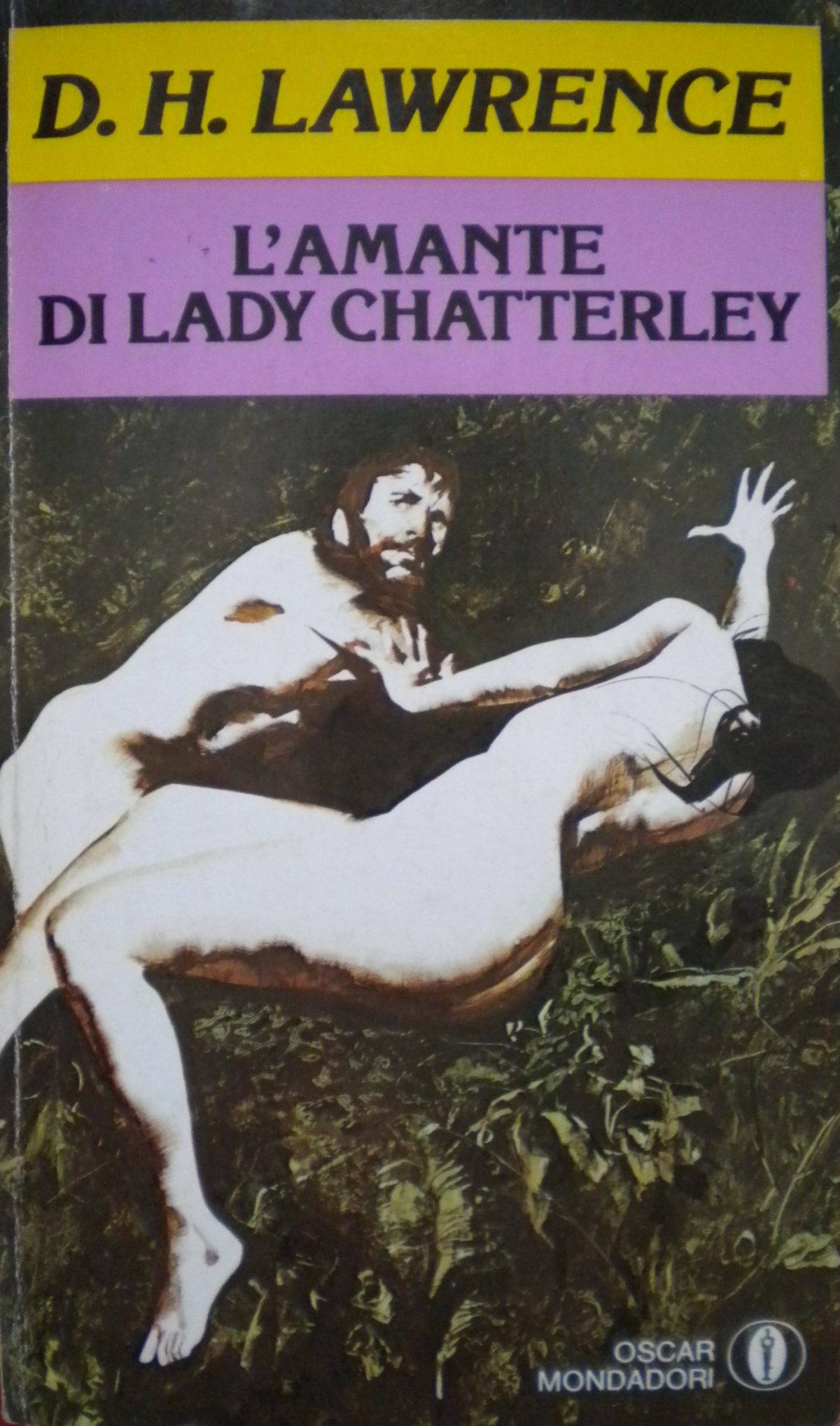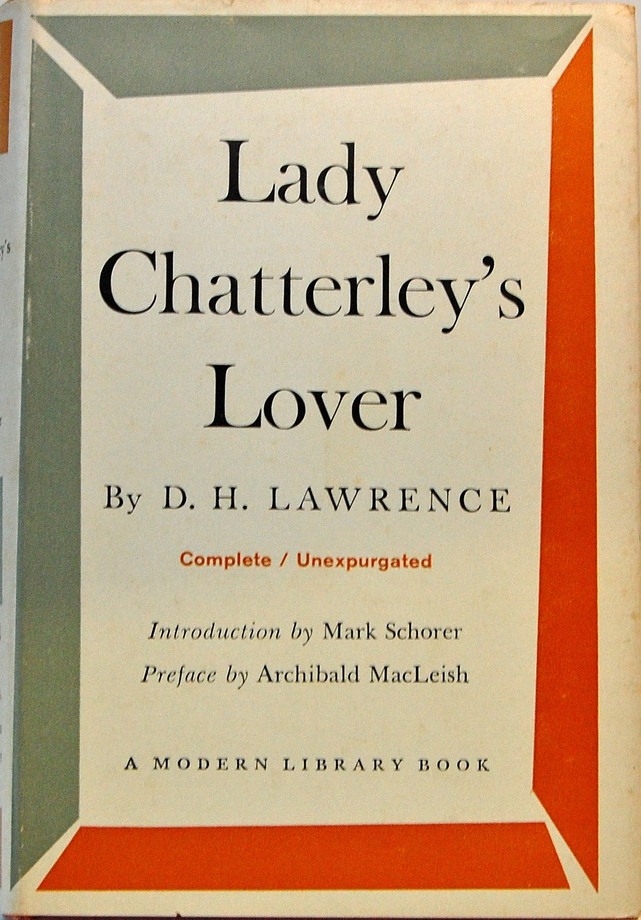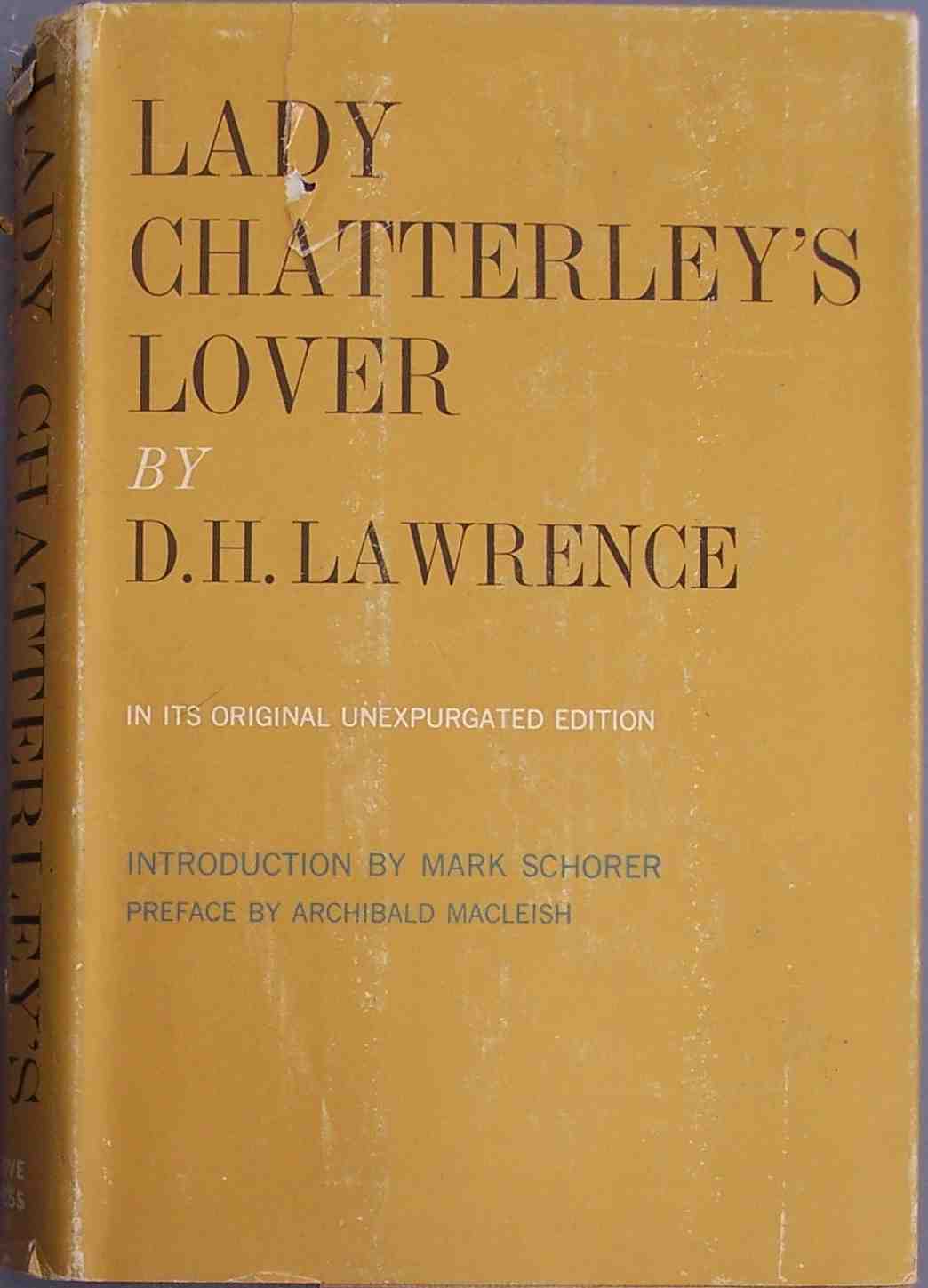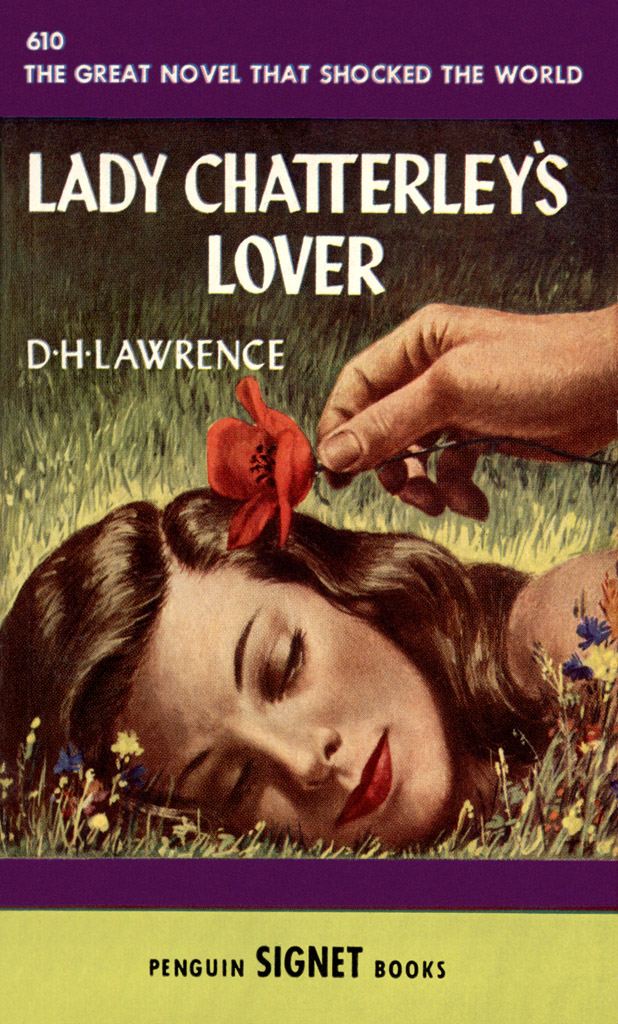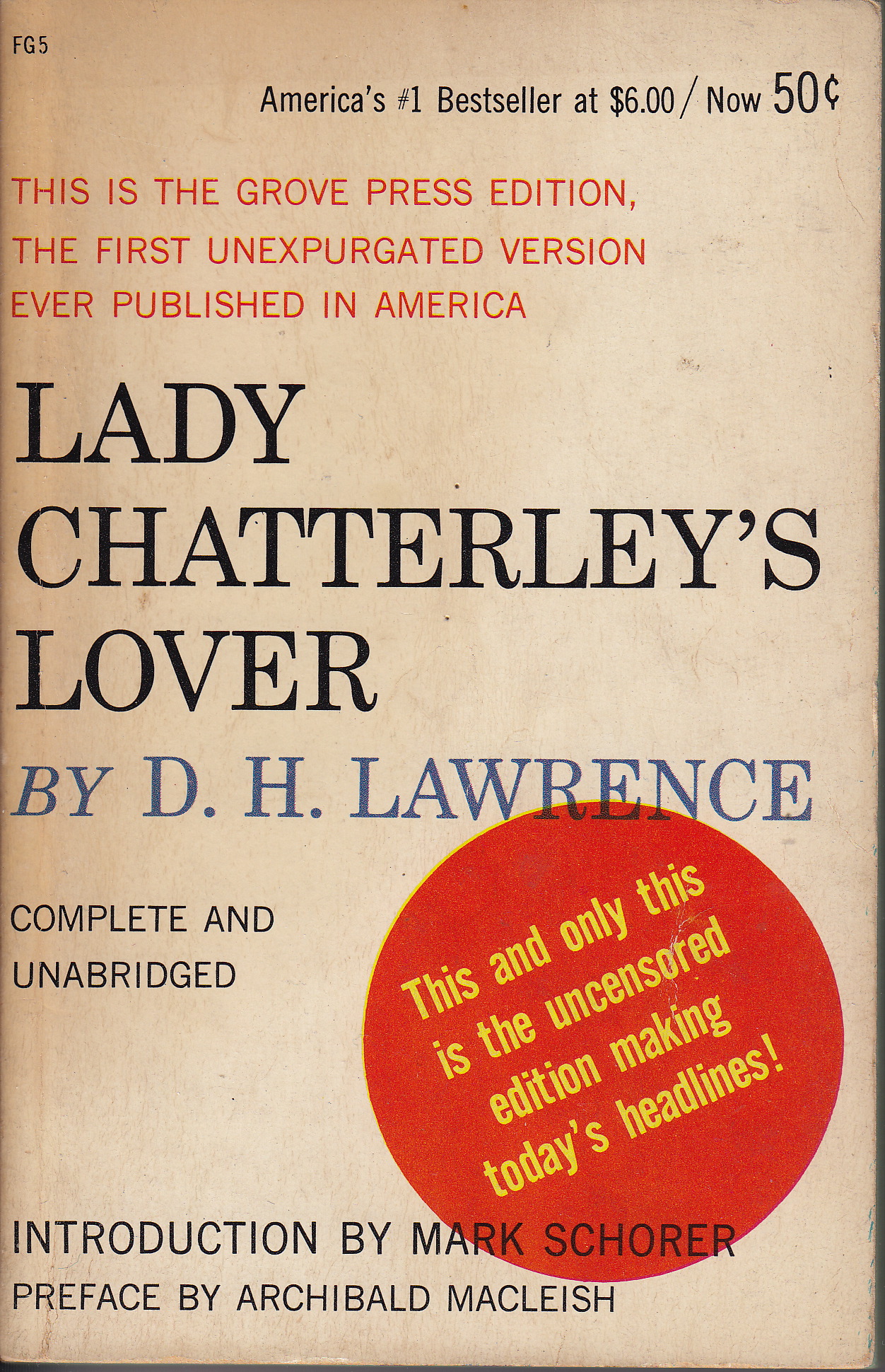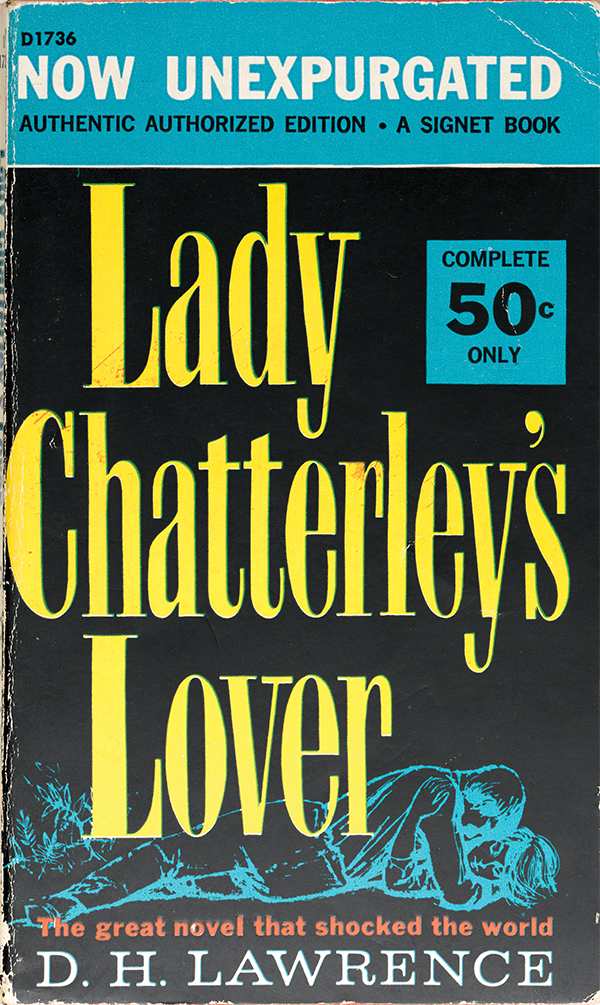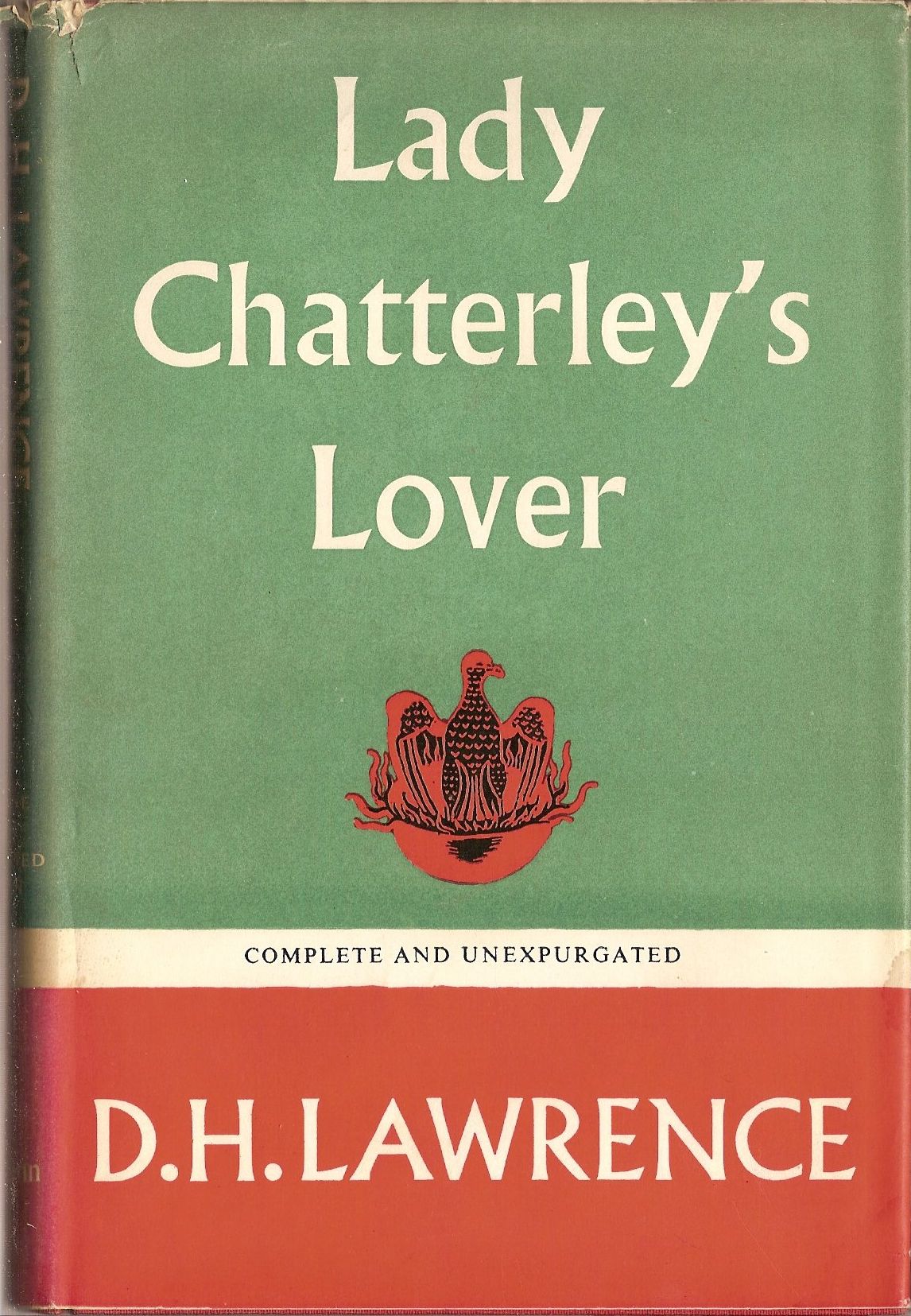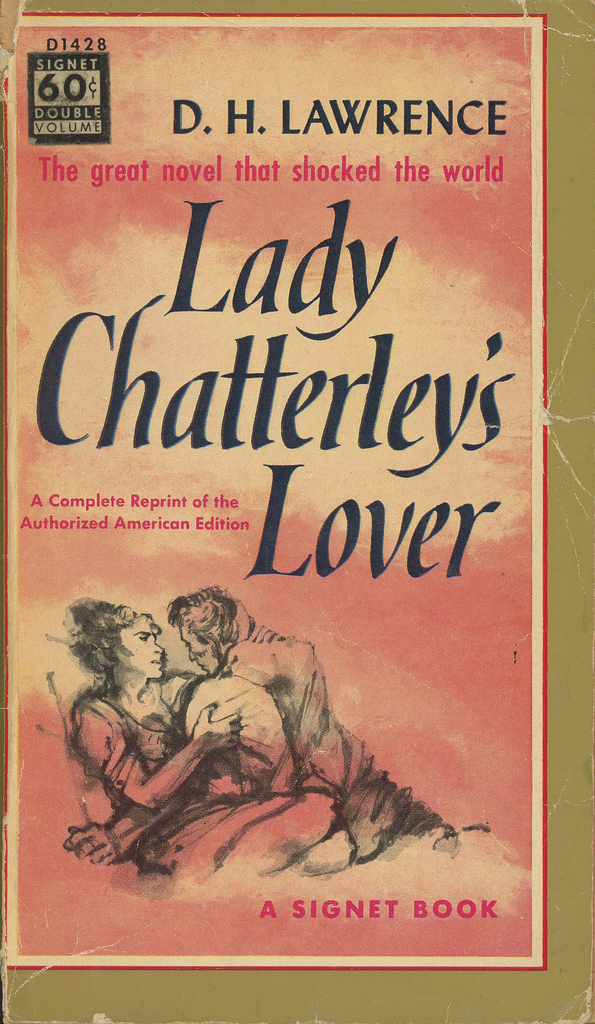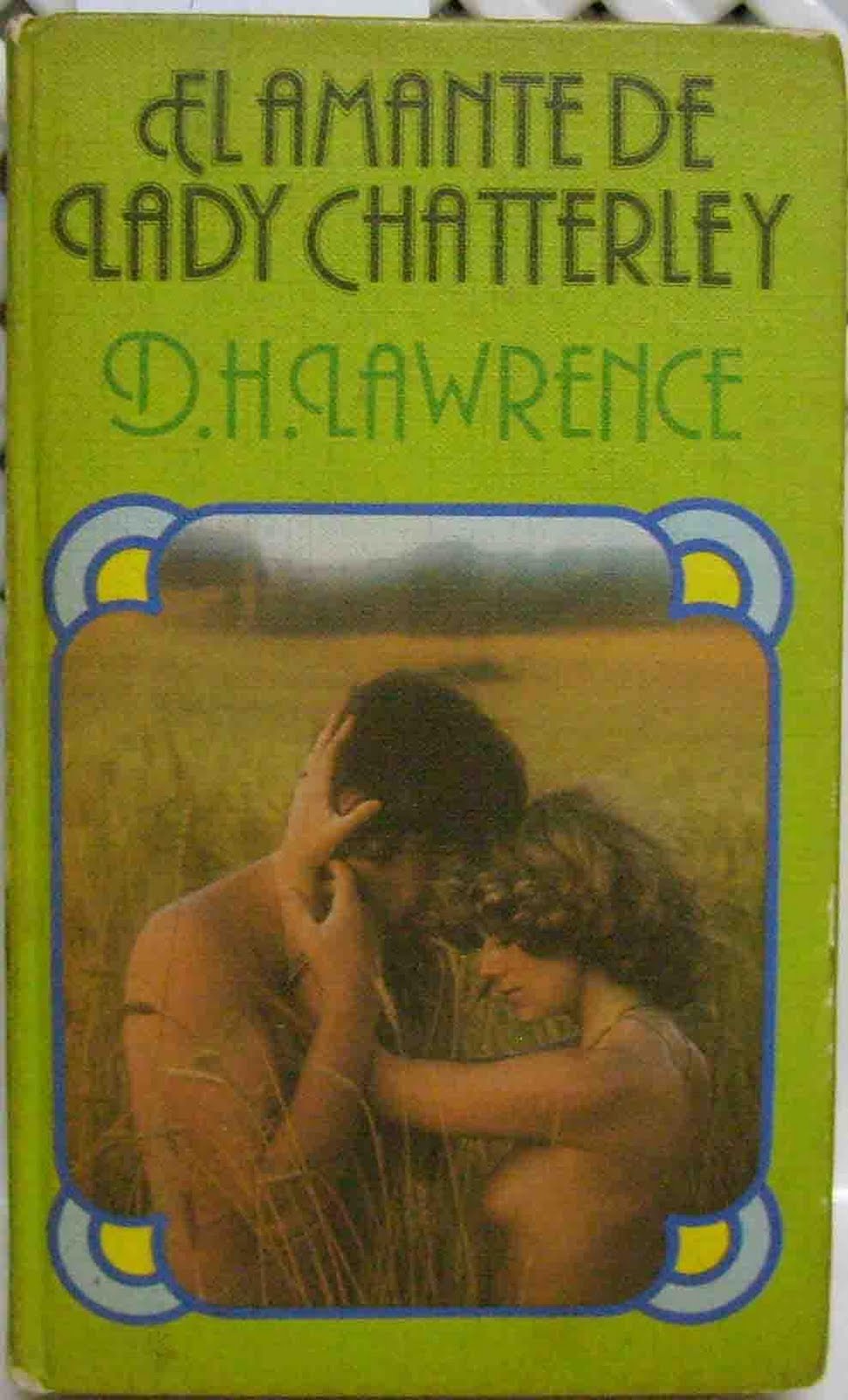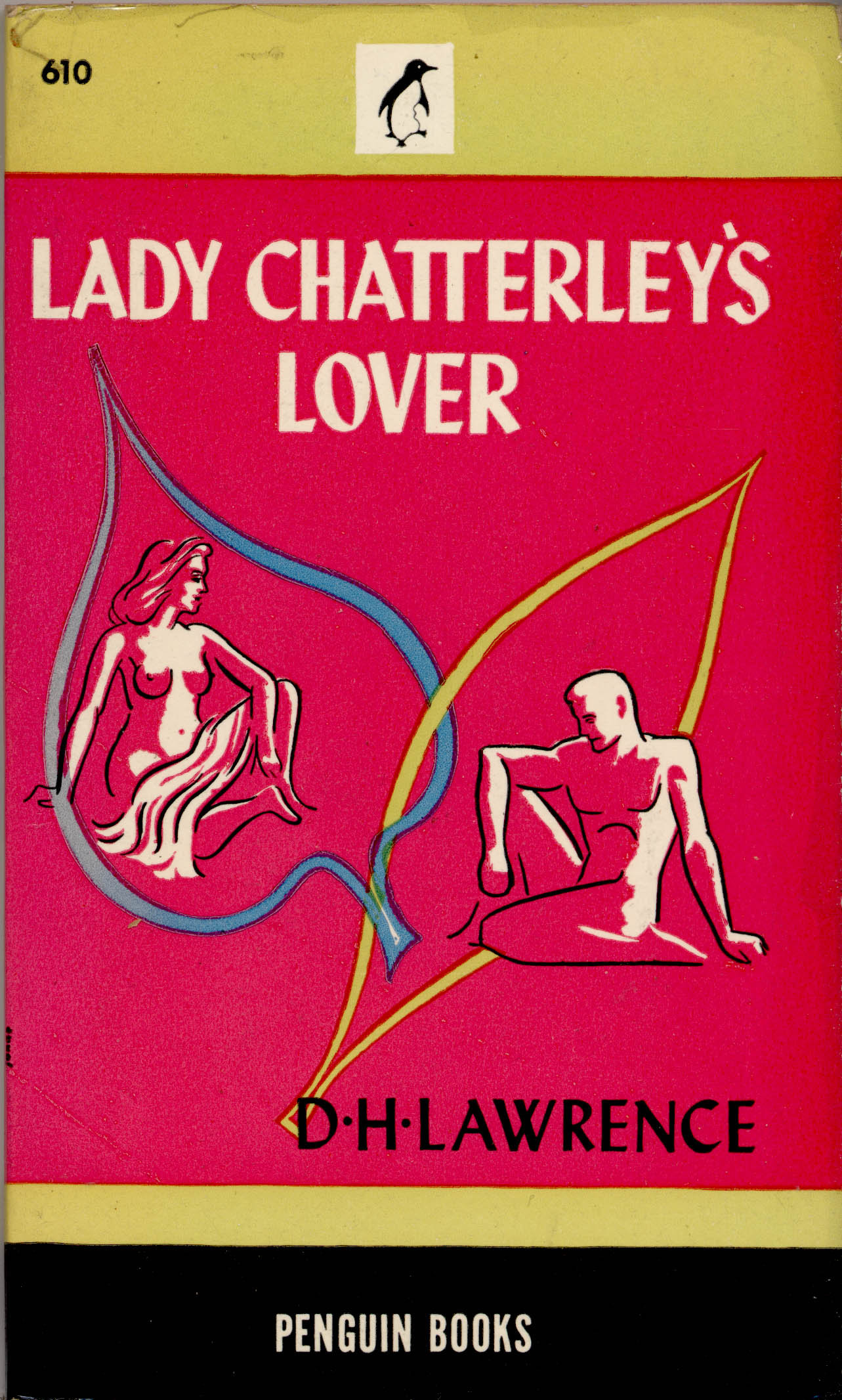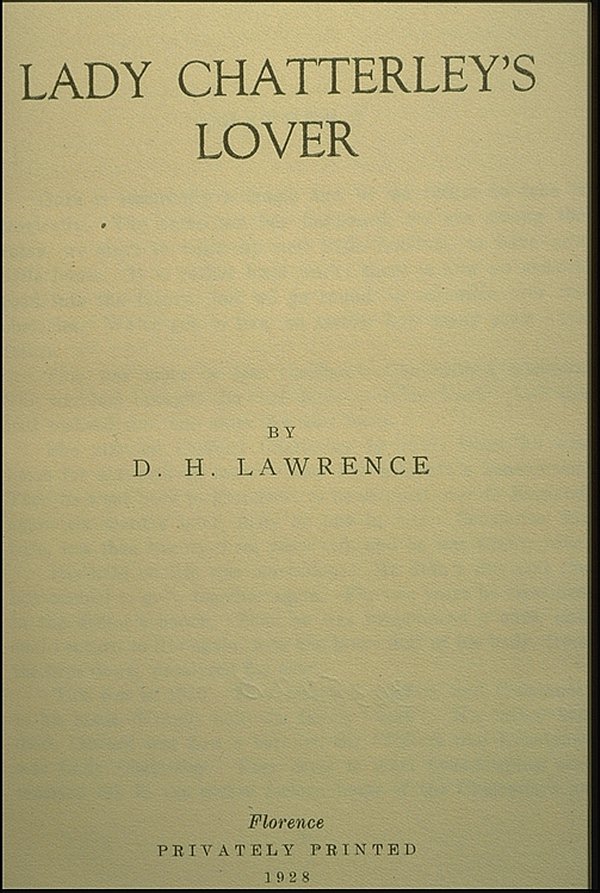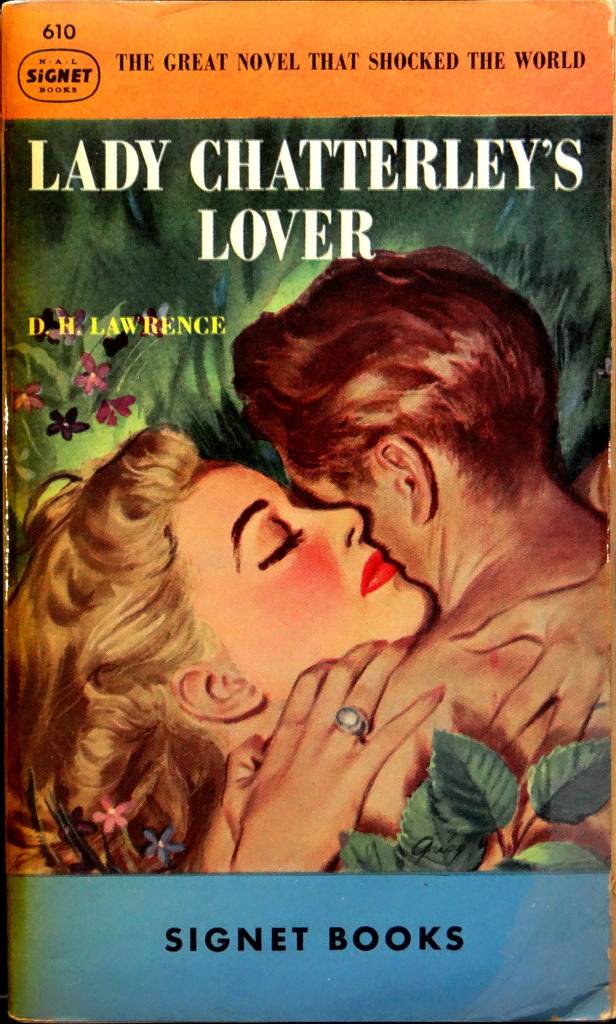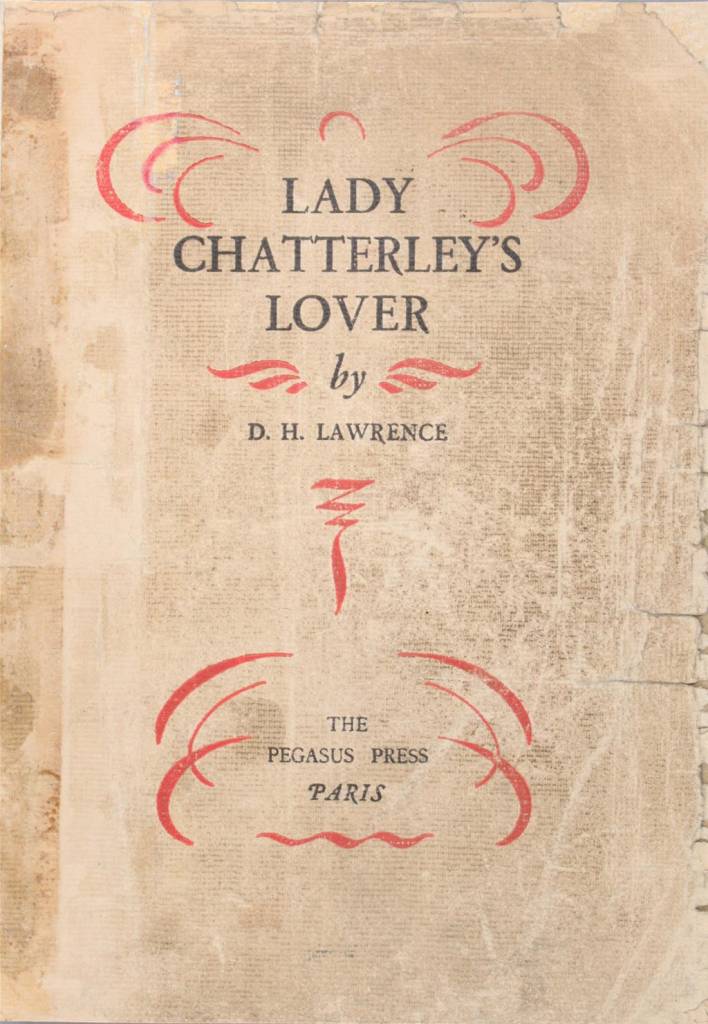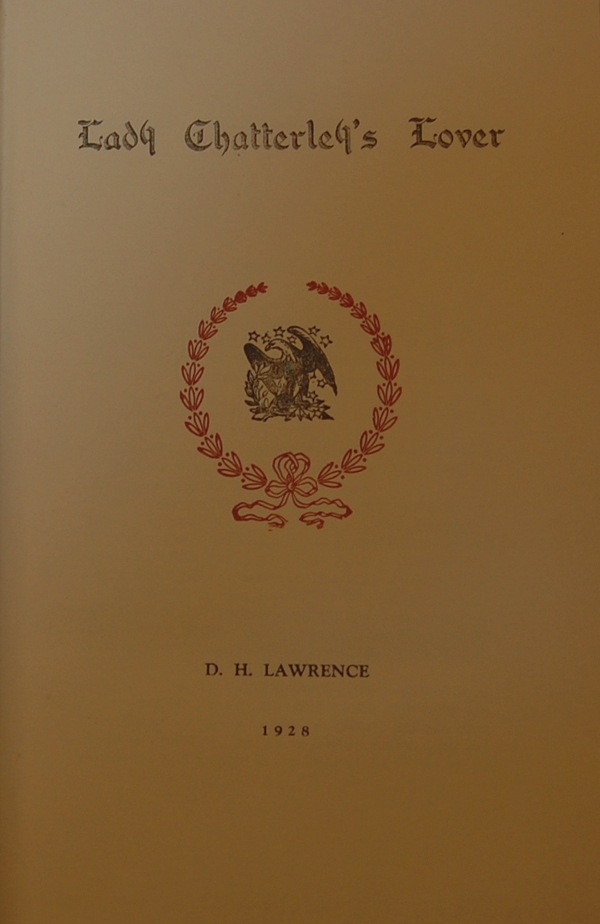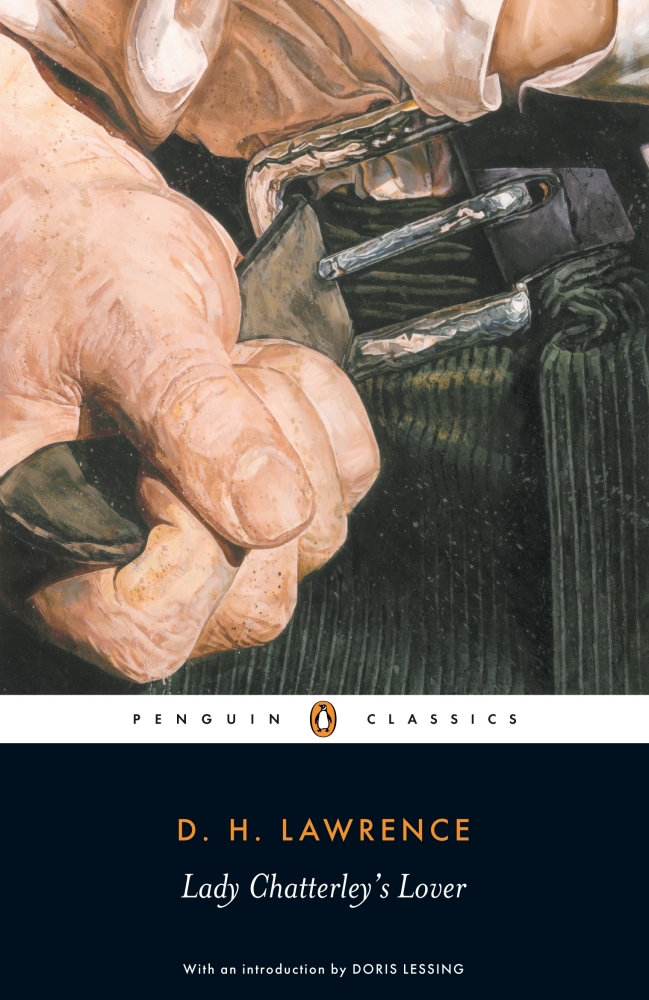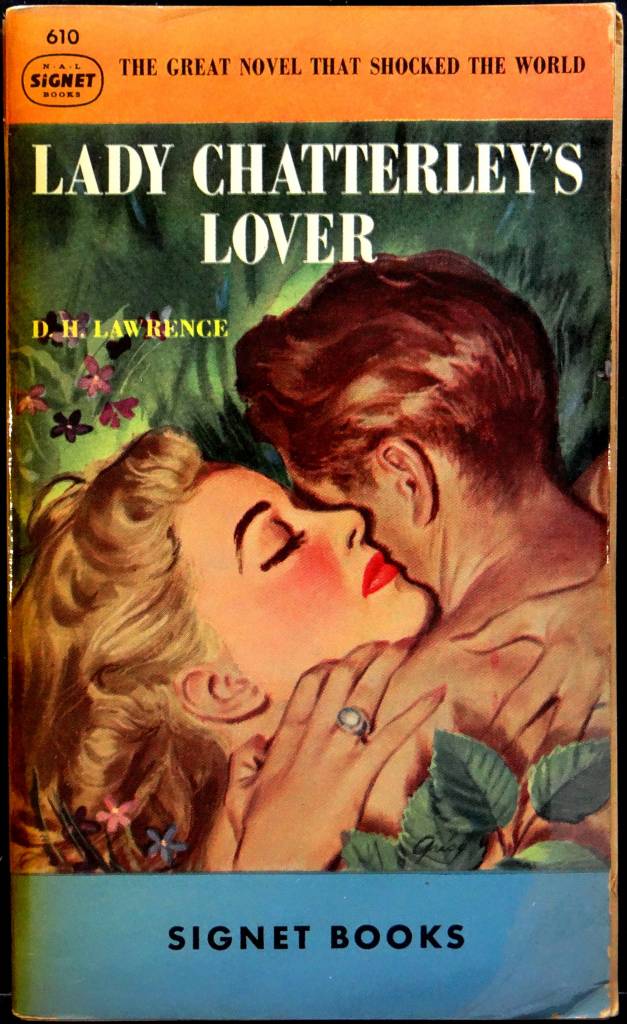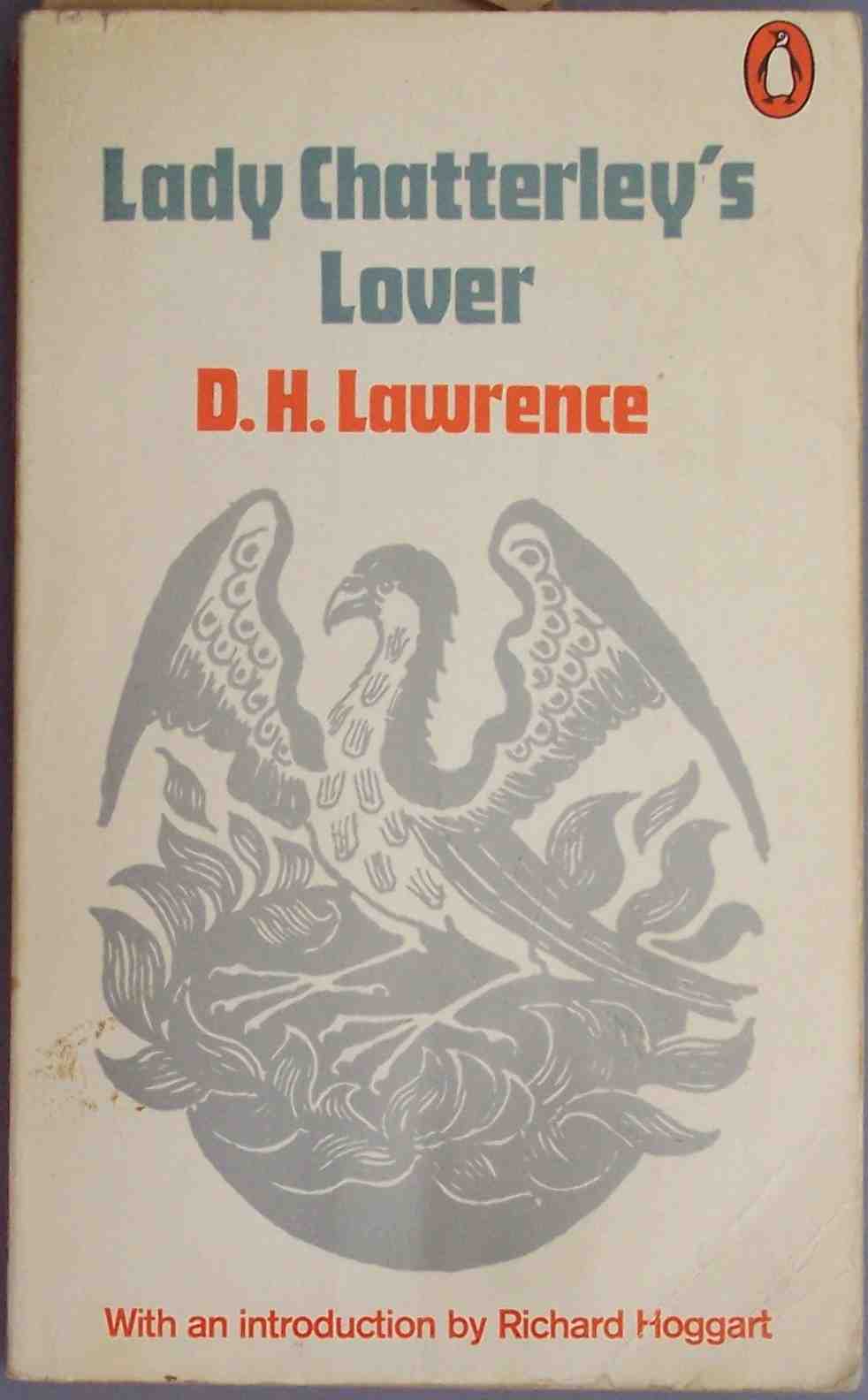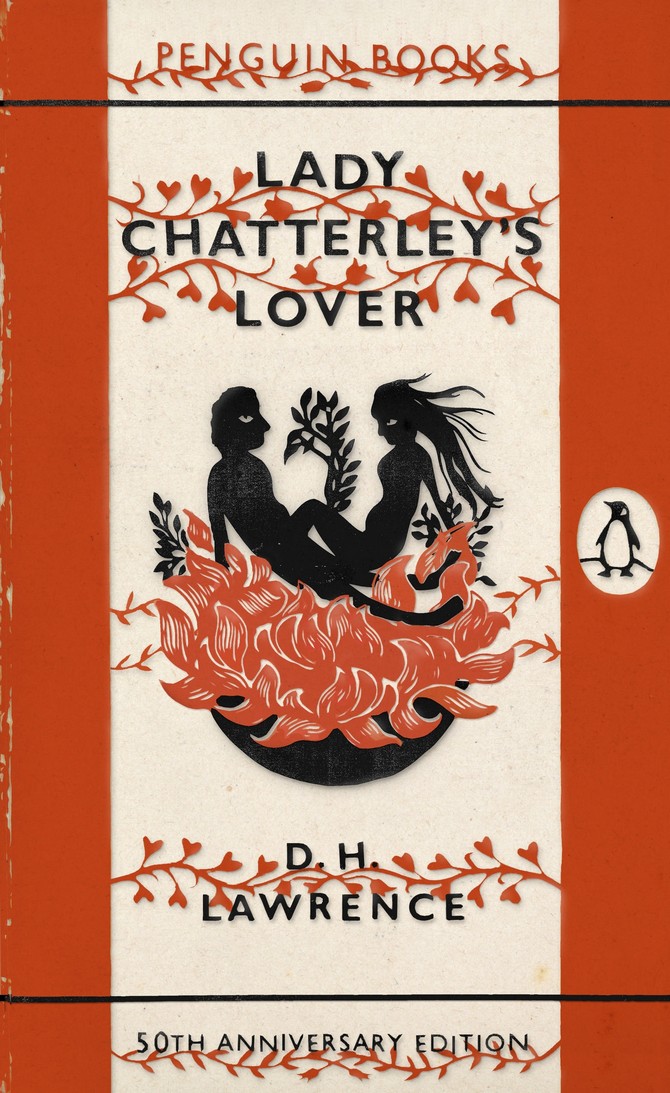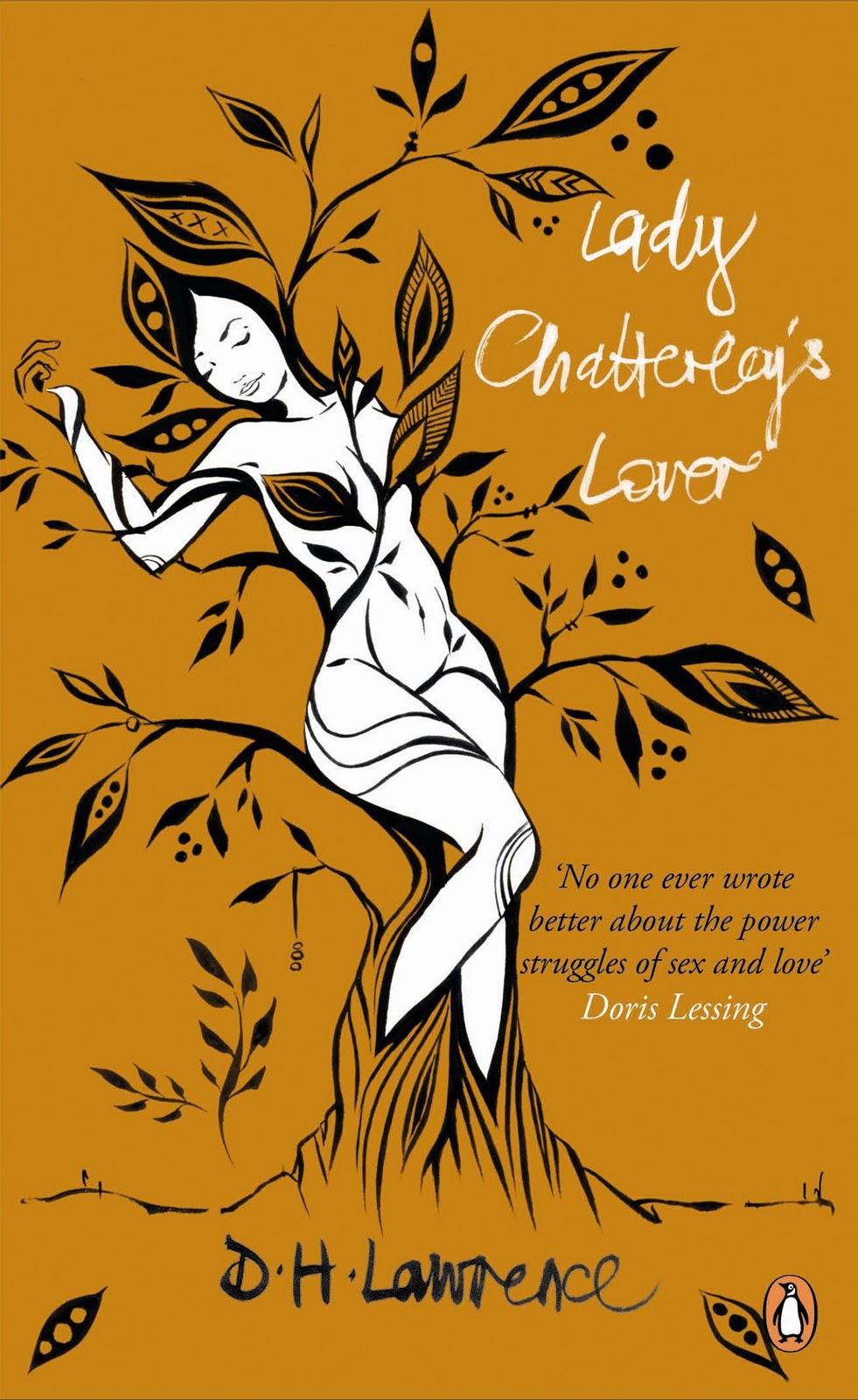Connie was aware, however, of a growing restlessness…It thrilled inside her body, in her womb, somewhere, till she felt she must jump into water and swim to get away from it; a mad restlessness. It made her heart beat violently for no reason…
D.H. Lawrence’s infamous novel was initially published privately in 1928 in Italy, and then subsequently the following year in France and Australia. An unexpurgated edition was first published in the United Kingdom in 1960, thirty years after the author’s death. The novel became the subject of an important obscenity trial against Penguin Books a year after the introduction of Roy Jenkin’s Obscene Publications Act – which for the first time allowed a defence of artistic merit. During the trial the chief prosecutor, Mervyn Griffith-Jones, was ridiculed after asking if Lady Chatterley’s Lover was the kind of book “you would wish your wife or servants to read”. The publisher won the case, after a a jury of three women and nine men returned a unanimous “not guilty” verdict, took advantage of the huge publicity and quickly sold 3 million copies.
Lawrence’s novel is said to have derived from events in Lawrence’s own unhappy domestic life and he took inspiration for the settings of the book from Eastwood, Nottinghamshire, where he grew up. Others have suggested that a major influence for the story was a fling between Lady Ottoline Morrell and “Tiger”, a young stonemason who came to carve plinths for her garden statues. Tragically Tiger died in the arms of his aristocratic lover after suffering a brain haemorrhage in 1922.
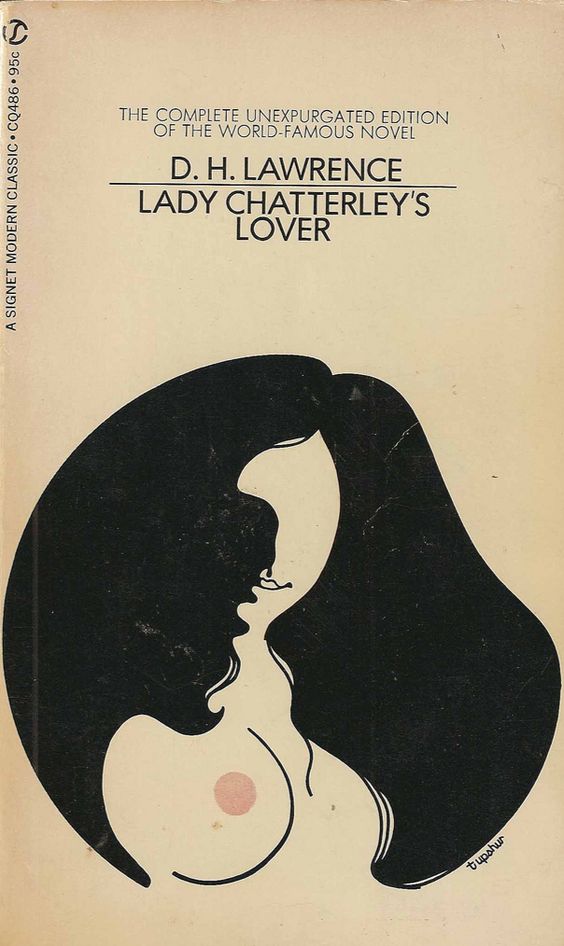
Lady Chatterley’s Lover by D.H. Lawrence. Published by Signet Classics in 1962, illustrated by Tupshur
Would you like to support Flashbak?
Please consider making a donation to our site. We don't want to rely on ads to bring you the best of visual culture. You can also support us by signing up to our Mailing List. And you can also follow us on Facebook, Instagram and Twitter. For great art and culture delivered to your door, visit our shop.
